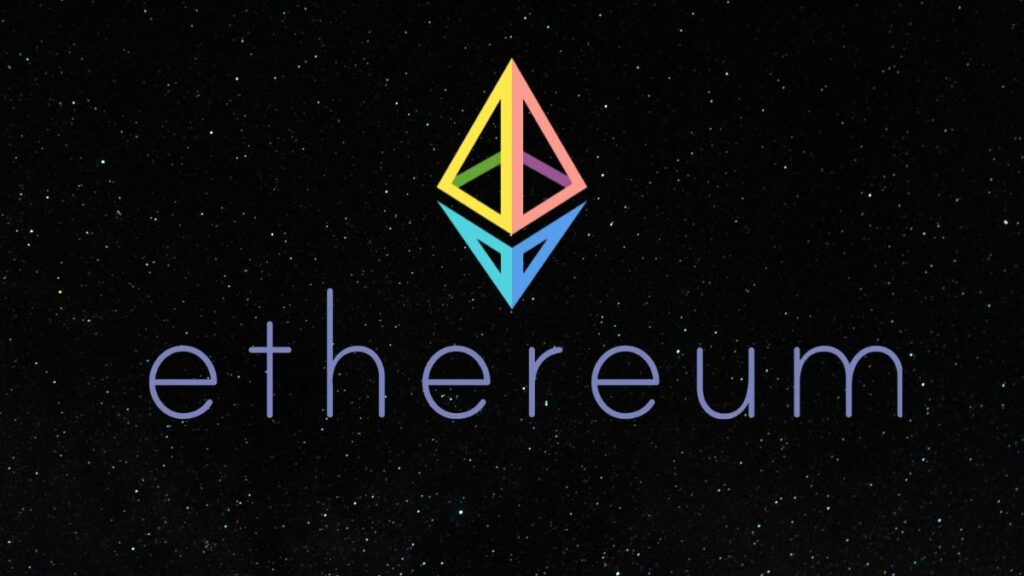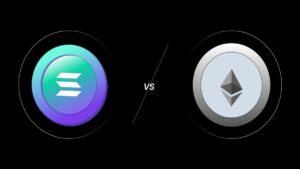During the stake deposit analysis conducted by Glassnode, a well-known blockchain analytics platform, it was found that deposit activities have been on the lower side since the previous week, as US regulators have shown no mercy to a number of cryptocurrencies. Similarly, the SEC is adamant that ETH, itself, is a security, and should be regulated. At the same time, platforms like Lido offer better-decentralized options for ETH staking.
The Ethereum network would be subject to the widely anticipated Shapella upgrade and would enable the phased release of the entirety of staked ETH on the Beacon Chain. Similarly, Glassnode also highlighted that a number of crypto exchanges including Kraken, Binance, Coinbase, etc have lost a considerable chunk of their market shares to Lido, a liquid staking platform.
Deposit trends by staking providers have exhibited a clear shift over time with Kraken, Binance and Coinbase jousting for deposit allocations across the Beacon Chain's early days.
As the dust settled between the three giants, it was Lido who emerged victorious, continuing to… pic.twitter.com/yp50NWQ5XJ
— glassnode (@glassnode) April 9, 2023
Lido currently accounts for approximately a third of the total staked ETH, which is worth almost $11 billion. Coinbase and other centralized exchanges charge a 25% commission, whereas Lido takes a 10% commission and also offers users the ability to earn additional yields on multiple DeFi platforms.
Currently, analysts believe that platforms such as Lido would receive a major boost when the staked ETH is released from the Beacon Chain following the Shapella update. Furthermore, a total of 18.1 million staked ETH, worth $33.7 billion, representing approximately 15% of the entire supply of the token.
Ethereum Validator Receives a 689 ETH Reward
In other news, the reward, worth $1.28 million, was paid via a single MEV-boost relay block on the Beacon chain, which inevitably became one of the greatest rewards in the previous few months. The Ethereum liquid staking platform, Lido, was paid the reward via the block number 17007842 on the Beacon chain. The recent rewards almost matched Lido’s largest reward of 691 ETH.

At the same time, a considerable number of people believe that users should resort to the use of different services such as MEV Blocker in hopes of preventing transactions from being exploited. The MEV blocker suggests that the MEV bots have been responsible for extracting a sum increasing the $1.38 billion from Ethereum users attempting to trade, mint NFTs, and provide liquidity.
One of the most widely used MEV attacks is the sandwich attack in which the exploiter places a large trade on one of the two sides of the transaction. The move eventually manipulates the price, enabling the exploiter to profit from the last-minute price change.










